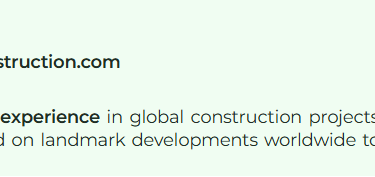The Role of 3D Visualization in Modern Architectural Planning
8/15/20252 min read


Introduction to 3D Visualization in Architecture
In the realm of architectural planning, the use of 3D visualization has become increasingly essential. This innovative tool has transformed the way architects conceptualize and present their designs, enabling a more accurate interpretation of space and functionality. By creating realistic three-dimensional representations of structures, 3D visualization allows architects to explore design concepts beyond traditional 2D drawings.
Enhancing Communication and Collaboration
The integration of 3D visualization tools significantly enhances communication between architects, clients, and other stakeholders. Using detailed visual representations, architects are able to present their ideas in a manner that is easily understood by non-professionals. This clarity reduces the likelihood of misunderstandings and ensures that all parties involved share a common vision for the project.
Moreover, these visualizations serve as a valuable asset during collaborative meetings. By immersing clients in lifelike environments, architects can demonstrate how specific design choices affect structures holistically. This collaborative process not only fosters greater client satisfaction but also encourages feedback that can further refine the design.
The Benefits of 3D Visualization in Design Development
3D visualization plays a pivotal role in optimizing design development. First and foremost, it allows architects to experiment with various materials, colors, and layouts quickly. These options can be visually explored and modified in real-time, streamlining the decision-making process. By providing a dynamic view of how different aspects come together, architects can more effectively assess the feasibility of their ideas.
Furthermore, 3D visualization offers an essential advantage when considering the environmental context of a project. Architects can visually analyze how their designs will interact with existing surroundings—evaluating factors such as sunlight, landscaping, and urban density. This ensures that the final outcomes are not only aesthetically pleasing but also functionally viable within their geographical locations.
Conclusions and Future Perspectives
In conclusion, the role of 3D visualization in modern architectural planning cannot be overstated. By improving communication and collaboration while providing a comprehensive view of design options, it has become a fundamental aspect of the architectural process. As technology continues to advance, the capabilities of 3D visualization tools are anticipated to expand further. That means architects will have even more sophisticated means to bring their visions to life, potentially revolutionizing how we perceive and interact with architectural space in the future.


